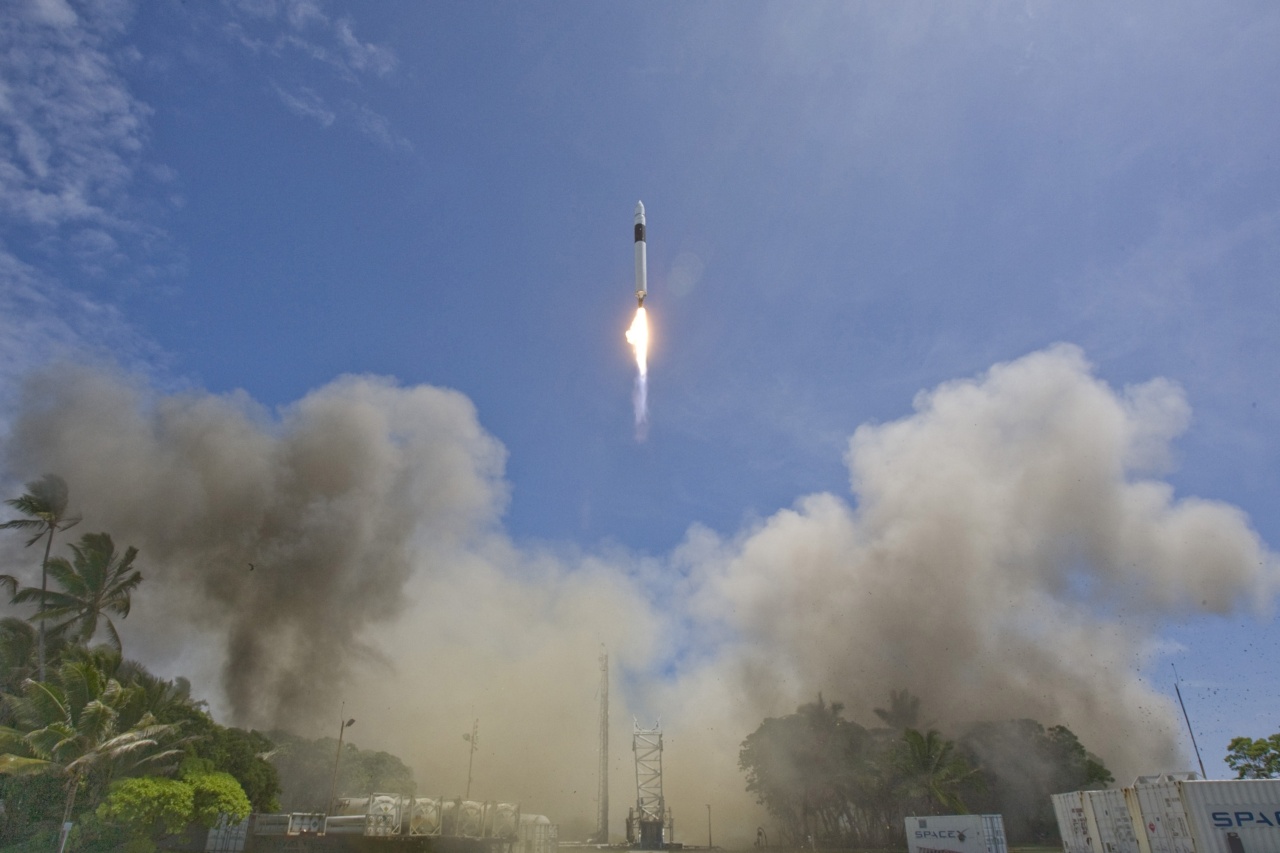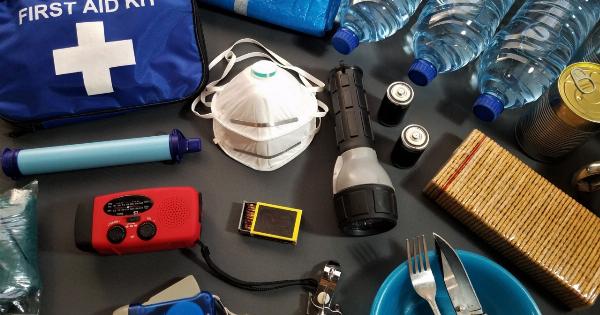Living near a gas station poses numerous concerns for homeowners. Gas stations emit various pollutants, including volatile organic compounds (VOCs), that can be harmful to human health and the environment.
Additionally, the risk of accidents and fires at gas stations can put nearby homes in danger. Thus, it is essential to maintain a safe distance between a gas station and a home.
Factors to Consider when Determining a Safe Distance
Several factors come into play when determining the safe distance between a gas station and a home. These include:.
1. Type of Gas Station
The type of gas station can influence the safe distance between it and a home. Gas stations can be either full-service or self-service.
Full-service gas stations have attendants that pump gas for customers, whereas self-service stations require customers to pump their gas. Since full-service stations tend to have more spills, their safe distance from homes may be greater.
2. Environmental Factors
Environmental factors such as wind speed and direction, topography, and population density can affect the safe distance between a gas station and a home.
For example, homes located in areas with high wind speeds may require a greater safe distance to prevent pollutants from reaching the residents. Similarly, homes located in densely populated areas may require a greater safe distance to account for the potential impact of nearby businesses and traffic on air quality and safety.
3. Laws and Regulations
Laws and regulations in a specific location can influence the safe distance between a gas station and a home. For instance, some areas require a certain distance from residential areas when building new gas stations.
4. Size of the Gas Station
The size of the gas station can also impact the safe distance from a home. Larger gas stations tend to have more pumps and, therefore, more emissions. As a result, larger gas stations may require a greater safe distance from homes.
5. Gasoline Vapor Recovery Systems
Gaseous emissions from gas stations can be controlled through the installation of gasoline vapor recovery systems. These systems can significantly reduce the amount of VOCs released into the air.
The use of such systems can alter the safe distance between a gas station and a home.
Recommended Safe Distance from a Gas Station for a Home
The distance between a gas station and a home can vary depending on several factors. However, there are general guidelines that can help establish a safe distance.
Experts recommend a safe distance of at least 300 feet (100 meters) from a gas station for residential areas. Still, it is crucial to consider the factors mentioned earlier to ensure that the safe distance is appropriate for the specific location.
The Dangers of Living Near a Gas Station
Living near a gas station has various risks, including:.
1. Health Risks
Gas stations emit several hazardous air pollutants that can negatively impact human health. Prolonged exposure to these pollutants can lead to respiratory problems, headaches, nausea, and even cancer.
2. Fire Risks
Gas stations are at risk of explosions and fires. Leaking gas or sparks from static electricity can cause deadly fires or explosions that can extend to nearby homes and businesses.
3. Soil and Water Contamination
Gas stations can also contaminate surrounding soils and water sources, leading to environmental damage. Gasoline spills can leach into the soil, causing groundwater contamination and environmental harm.
Conclusion
Living near a gas station carries various risks that can be harmful to human health and the environment. Ensuring a safe distance between a gas station and a home is vital.
Several factors can determine the optimal distance, including the type of gas station, environmental factors, laws, and regulations, gasoline vapor recovery systems, and the size of the gas station. It is essential to keep these factors in mind when considering the safe distance for a specific location.






























